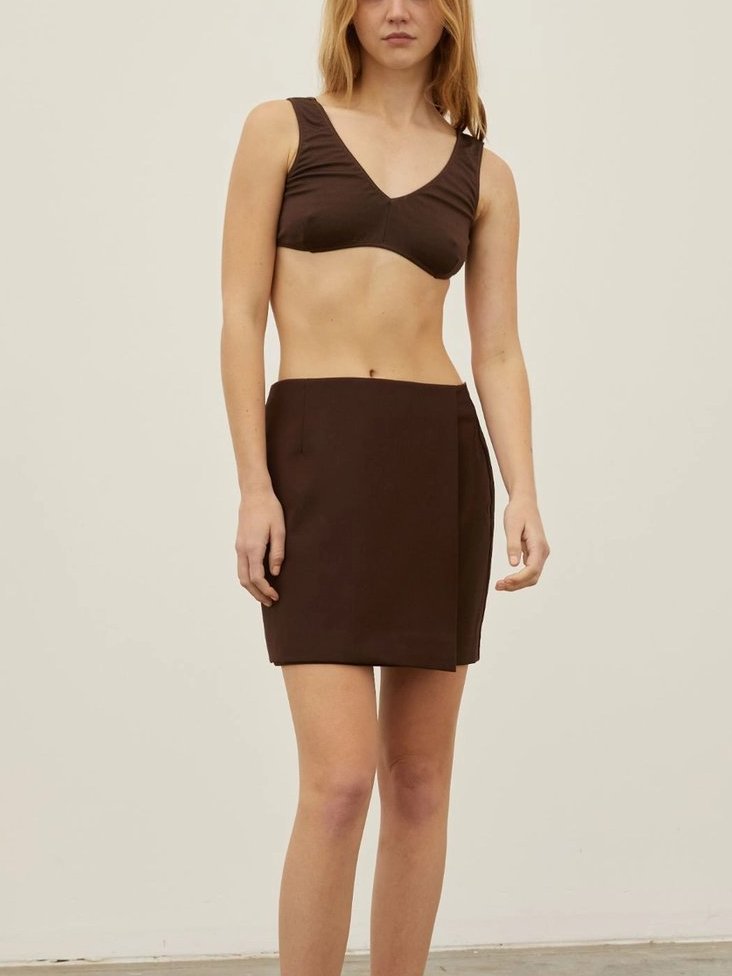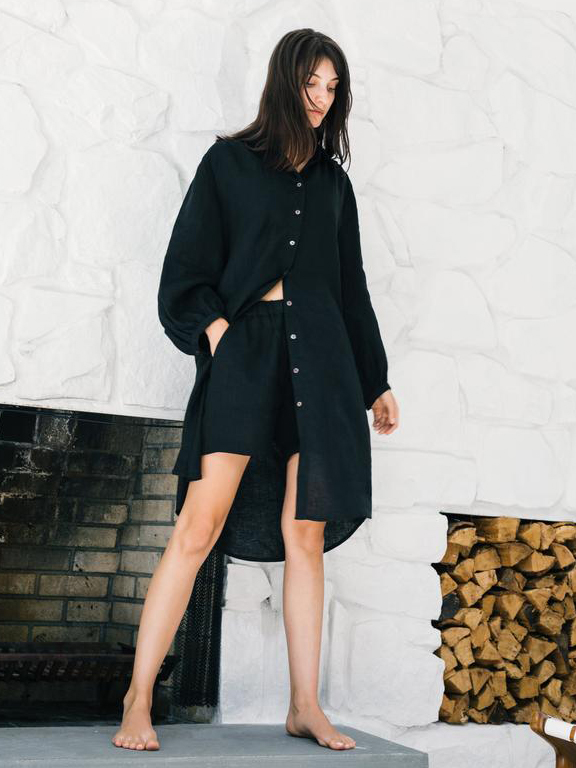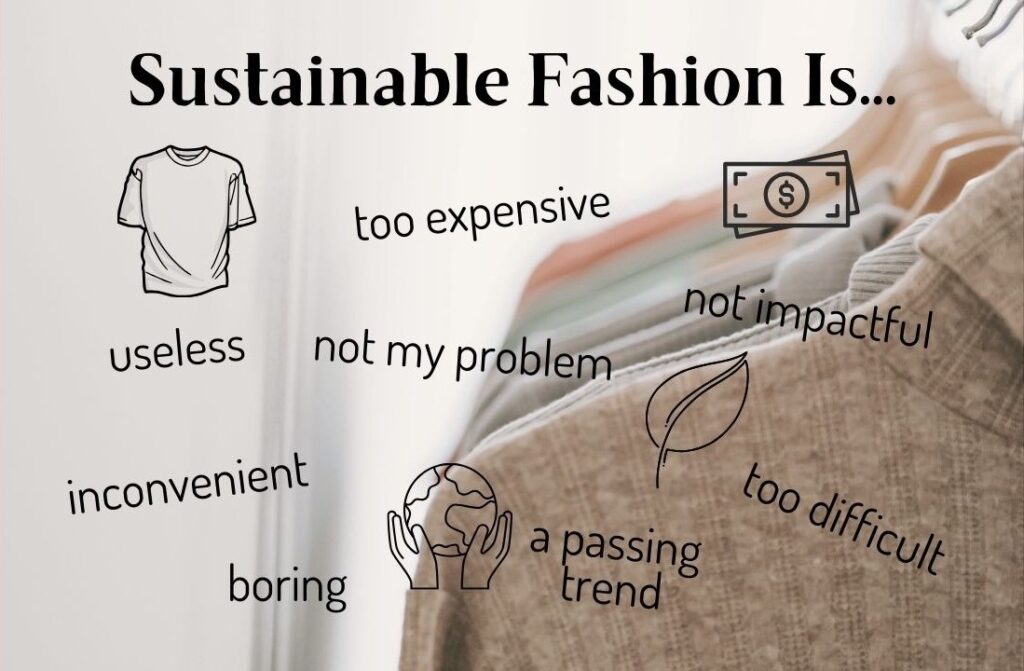In just a matter of weeks, these big red boots have captivated the internet with very mixed opinions and reactions. You either love them or hate them. The cartoon inspired shoes look pretty much identical to the boots Astro Boy wears together with his black underwear, although there are more animated characters you can associate them with. The company who created them mentioned Boots from Dora The Explorer on their website, who also wears bright red boots. But what are the boots made of and what are the downsides of a product suddenly going viral only for it to disappear again months later?
Who is behind the Big Red Boot?
The bright red shoes were created by art collective MSCHF, who are based in New York, United States. They focus on art, fashion, technology and capitalism and have already created many types of artworks, including sneakers and social media channels. Their name, which is pronounced as mischief, fits their concept well because they take trolling to the next level. They love pushing boundaries and making statements with their products. Sometimes they do this by selling consumer goods, and their latest good is the big goofy looking boot that looks like a kid’s drawing that came to life. Rather than making money, one of their most important goals seems to be to make headlines with their releases, and boy did they succeed…
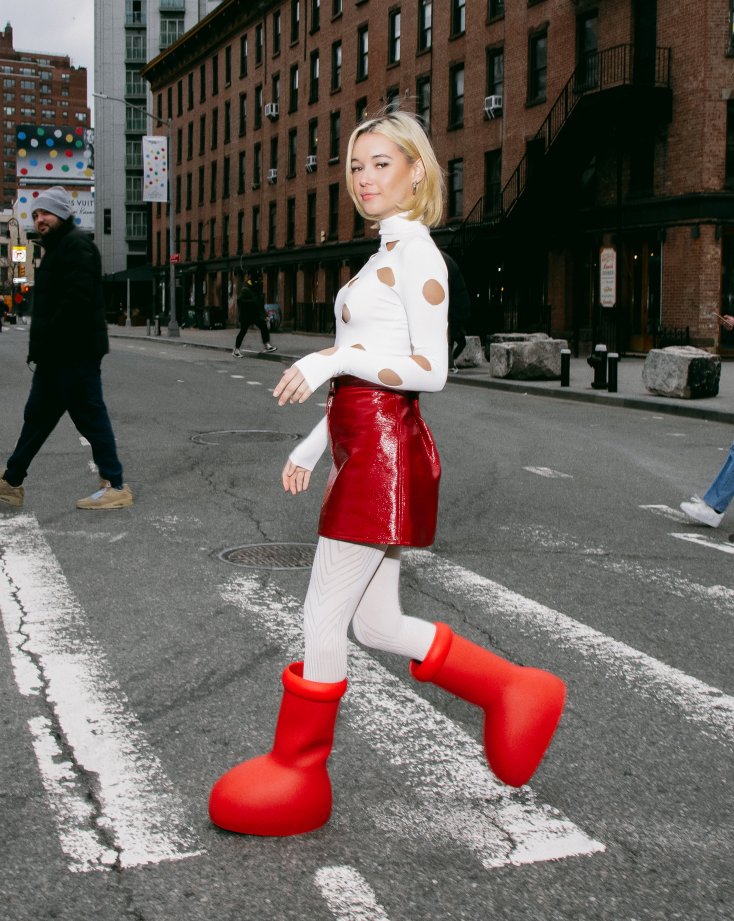
What materials were used?
The first element that can determine a product’s environmental impact is the materials that are used to make it. The official website of MSCHF says the boots are made from a TPU rubber shell on the outside, and an EVA mid-and outsole on the inside. It’s basically made from rubber and plastic.
The TPU shell
TPU stands for thermoplastic polyurethane. This material is a cross between rubber and plastic and is often used in the automotive industry, phone cases and footwear. Thermoplastic polyurethane is not biodegradable, but it is recyclable. There is also a biodegradable TPU, which is an eco-friendly version. I doubt they used that because usually it’s mentioned as “biodegradable TPU” rather than just “TPU”. If we would go off of the term mentioned on their website “TPU rubber shell”, then that means it’s not the biodegradable version so the non-sustainable version.
The EVA sole
EVA stands for ethylene-vinyl acetate. It’s a foam material that’s very similar to rubber, but it’s a plastic. EVA is used in a lot of different products like food packaging, yoga mats, hot glue sticks and footwear. To give a footwear example: Crocs, which have recently made a fashion comeback, are made of EVA. The rubber-like plastic EVA is difficult to recycle and there aren’t many facilities that can do it. This means the majority of EVA products end up in landfills (garbage dumps). EVA is not in itself biodegradable but there is a way to make the material more biodegradable. However, it would’ve been named “biodegradable EVA” on the website if they used that version, like I also said about the TPU. Since EVA is a plastic, it’s derived from crude oil which is a non-renewable resource that causes pollution. The production process of EVA is also not sustainable and it’s difficult to dispose of the material in a sustainable way because it’s not yet recycled much.
When it comes to sustainability, both TPU and EVA are not the worst materials out there, but they aren’t the best either. There are materials that are worse, for example PVC which contains more chemicals. Although, this only means it’s less toxic and safer to use, and not necessarily better for the environment.
With just the terms “TPU rubber shell” and “EVA out/midsole” there aren’t a lot of conclusions we can draw about the environmental impact of the materials. We don’t know where the materials are sourced from, which chemicals were used and if the materials carry any certifications to ensure none of the chemicals are toxic and harmful.
Where and how are the boots made, and by who?
The closer to home a brand produces, the better it will be for the environment. And the more a company shares about their production process, the better we can hold them accountable for their environmental impact. I know MSCHF is not a fashion brand, but in this day and age where the fashion industry is completely messed up, it would’ve been great to get a little more transparency about the production of the Big Red Boot. They don’t share any information about where, how and by who the boots were made.
How many pairs of these boots exist?
One of the biggest problems in the fashion industry is overproduction which leads to landfills with huge amounts of discarded clothes and footwear. I’m a big fan of art and I always appreciate when people dare to test the boundaries in the fashion industry, as long as we don’t go overboard with the production and flood the world with products that won’t be used much. The red oversize boots went on sale on 16th February and were sold out within minutes. The original price was $350 a pair on MSCHF’s website, but they are currently getting sold on websites like eBay and StockX for much higher prices. It is unclear how many were sold and produced and whether they decide to produce more since they sold out so quickly.
It’s a good thing they weren’t created by a fashion brand, but by an art collective that mostly cares about making a statement rather than earning money from selling a lot of products. This most likely means they won’t be producing a large amount of the boots since that doesn’t seem to be their focus. They don’t release products often anyway and sometimes their products aren’t even physical consumer goods, but online products. Although, it’s hard to predict their next move because the art collective is currently receiving a lot of criticism and pressure from consumers who weren’t able to order a pair. I would say it’s unlikely the company starts mass-producing these boots, and let’s hope that’s the case because we all know no one will be talking about these boots anymore in a few months.
I am a bit concerned about other companies taking inspiration and making similar versions of the boots, because brands want to hop on the viral train and make a quick buck while the trend lasts. However, MSCHF is currently in the process of obtaining a patent for the Big Red Boot, so this might not happen, luckily.
What happens when the hype blows over?
The most sustainable way to wear clothes is to make sure they get used until they practically fall apart before disposing of them, but these boots will probably start catching dust before even being worn a handful of times. The way these chunky red boots made their way to the headlines, was through influencers who were gifted a pair and wore them to New York Fashion Week or made viral content on platforms like TikTok. Many influencers who get gifts or loans for clothing items only wear them once or twice to take pictures and make video content with them. Afterwards, they probably never look back at them again and move on to the next gifted item. But now it’s not only influencers who own the boots but also regular consumers who were able to claim a pair during the few minutes they were available for order.
Just looking at them, you know these boots are not made for walkin’ (cue the song). According to many videos posted online, they are difficult to put on and take off because there’s no way to make the opening bigger and the TPU doesn’t stretch much. I’m pointing out the obvious here, but the people who own a pair of the Big Red Boots probably won’t wear them often because they are impractical and not comfortable enough to wear like other shoes. They will only be used for content and then kept as an art piece, or people will just get rid of them eventually. You can get rid of fashion items sustainably by selling them secondhand, but I doubt in a few months people will be willing to buy them.
With a short-lived hype like this one, you have to wonder where the boots will end up when the internet starts talking about the next trend. Especially if the company does decide to produce many more because then a pair of the BRB will lose its value a lot quicker since there will be more available. Let’s just hope MSCHF treats the boots like a piece of art rather than a consumer good and doesn’t start mass producing them until we end up with a big red rubber mountain in the landfills.
Conclusion
A big red flag about the big red boots is that not much is known about the way they are produced. The materials used are not the most harmful ones they could’ve picked, but if many more boots are produced, it could result in a lot of pollution and waste. A sudden viral trend of an impractical product often means the chance is big they will end up in the trash bin after a few months. And TPU and EVA are not the kind of materials you want to be sitting in landfill while they pollute our air, water and soil.
What are your thoughts about the Big Red Boot?
MSCHF’s impact on the environment won’t be that big because they don’t release new products very often. I did a deep dive into one of the biggest fast fashion brands that releases thousands of new products per day and therefore has a huge negative impact. Read about it here!
